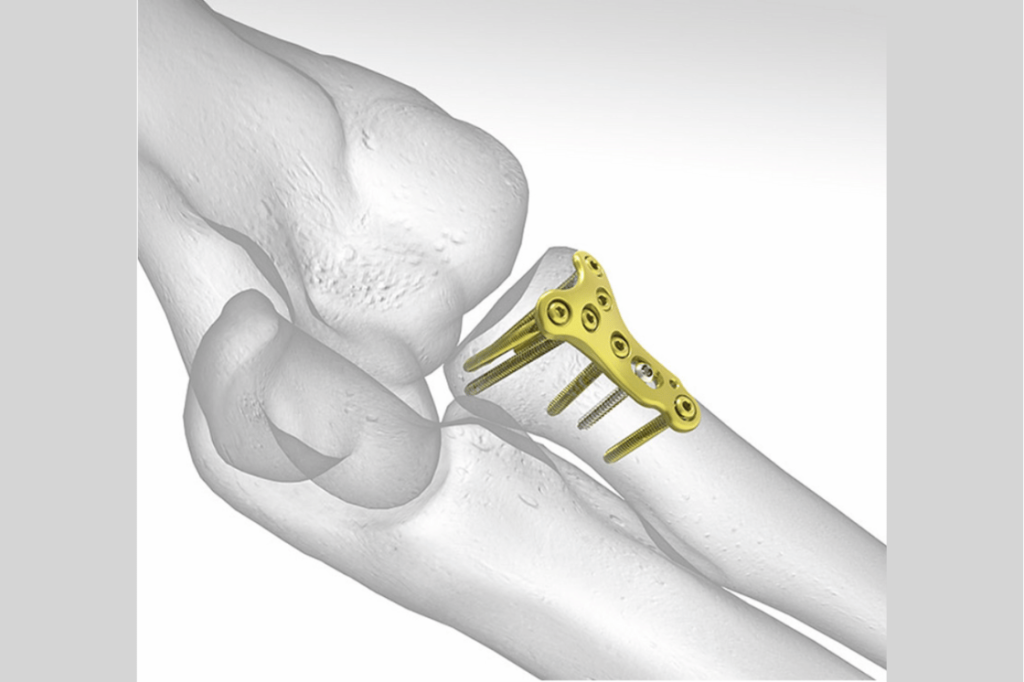Radial head fractures are breaks in the part of the radius bone (one of the forearm bones) that forms a joint at the outer part of the elbow. These fractures typically occur during trauma, such as falling onto an outstretched arm. They are one of the most common types of elbow fractures in adults.

The radial head plays a critical role not only in elbow movement but also in the rotation of the forearm (pronation-supination, or turning the palm up and down). Therefore, a fracture in this area can lead not only to pain but also to restricted motion.
The treatment plan is based on the type of fracture, the amount of displacement (how far the bone fragments have moved), whether it is comminuted (broken into multiple pieces), and whether other structures in the elbow are affected. Nondisplaced or minimally displaced fractures are treated conservatively (non-surgically) with a splint or a short-term cast; however, surgical intervention may be necessary for highly comminuted, displaced fractures, or those that block joint movement.

Surgery Duration: 30–60 minutes
Type of Anesthesia: General anesthesia or a brachial plexus nerve block (regional anesthesia that numbs the arm)
Surgical Method: Fixation with screws or small plates for simple fractures.
A radial head prosthesis (joint replacement) may be used for highly comminuted fractures.
First day: 4–5
First week: 3–4
After the 2nd week: 1–2
Typically requires a hospital stay of 1 or 2 nights.
First 1–2 weeks: Rest with a sling or splint
After the 2nd week: Elbow motion exercises begin
4–6 weeks: Hand and forearm strengthening exercises
6th week: Return to daily activities
3rd month: Full functional recovery is targeted
First dressing change: 2nd day
Wound check: 1st week
Suture removal (if necessary): 10th day
Nondisplaced fractures usually heal conservatively (without surgery). However, follow-up is important to prevent loss of motion.
Yes. With early exercises and proper rehabilitation, most patients regain their full range of motion.
Yes, radial head prostheses are generally permanent and do not interfere with normal daily activities. They are a type of implant with a low probability of loosening even in the long term and have high patient satisfaction rates.
No, it is not. In cases of mild stiffness, home exercises may be sufficient. Physical therapy may be required for more complex fractures.
A return to desk jobs is possible after 3 weeks, while jobs requiring active use of the arm may require 6–8 weeks. Returning to sports can take up to 3 months.